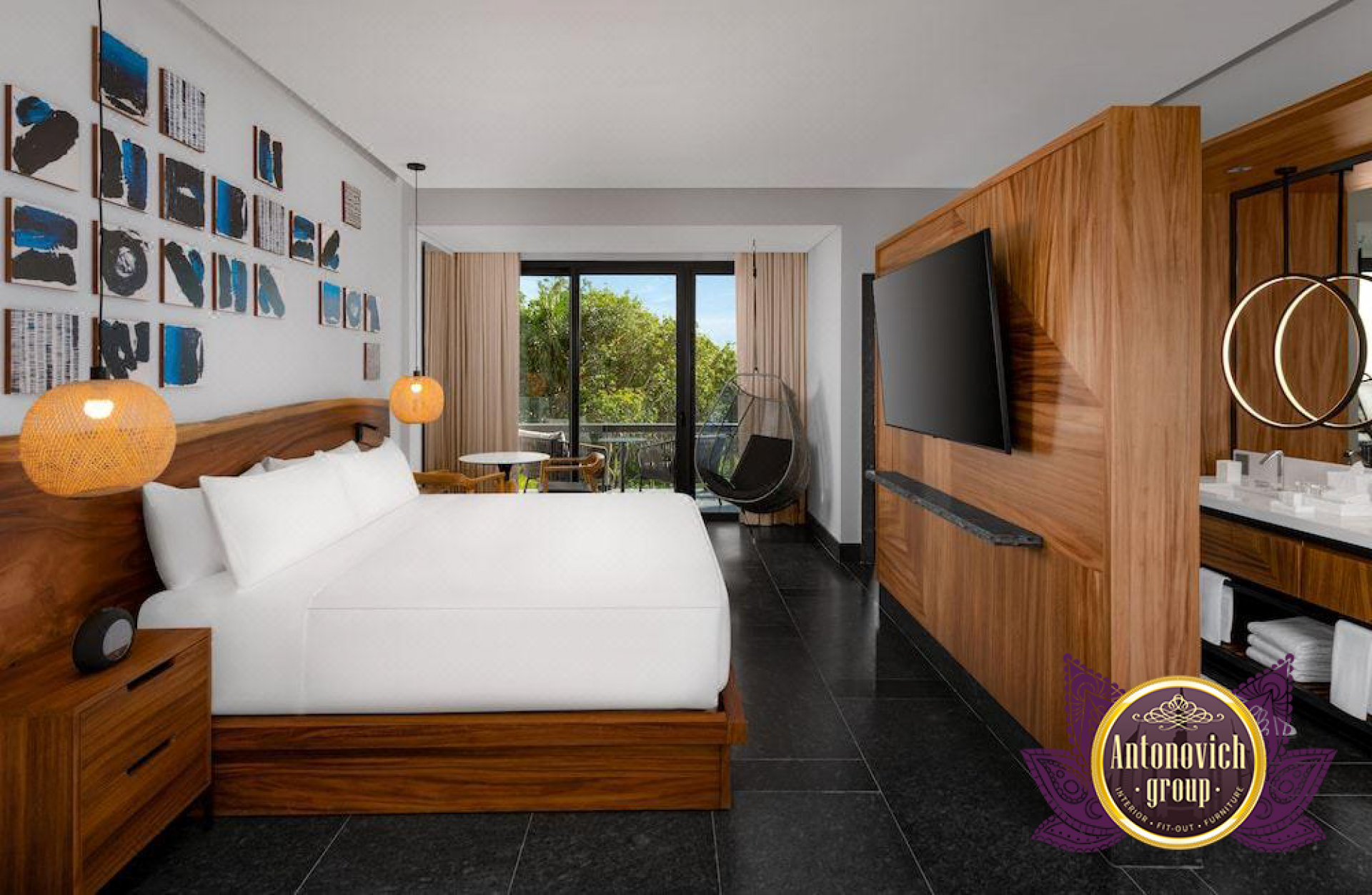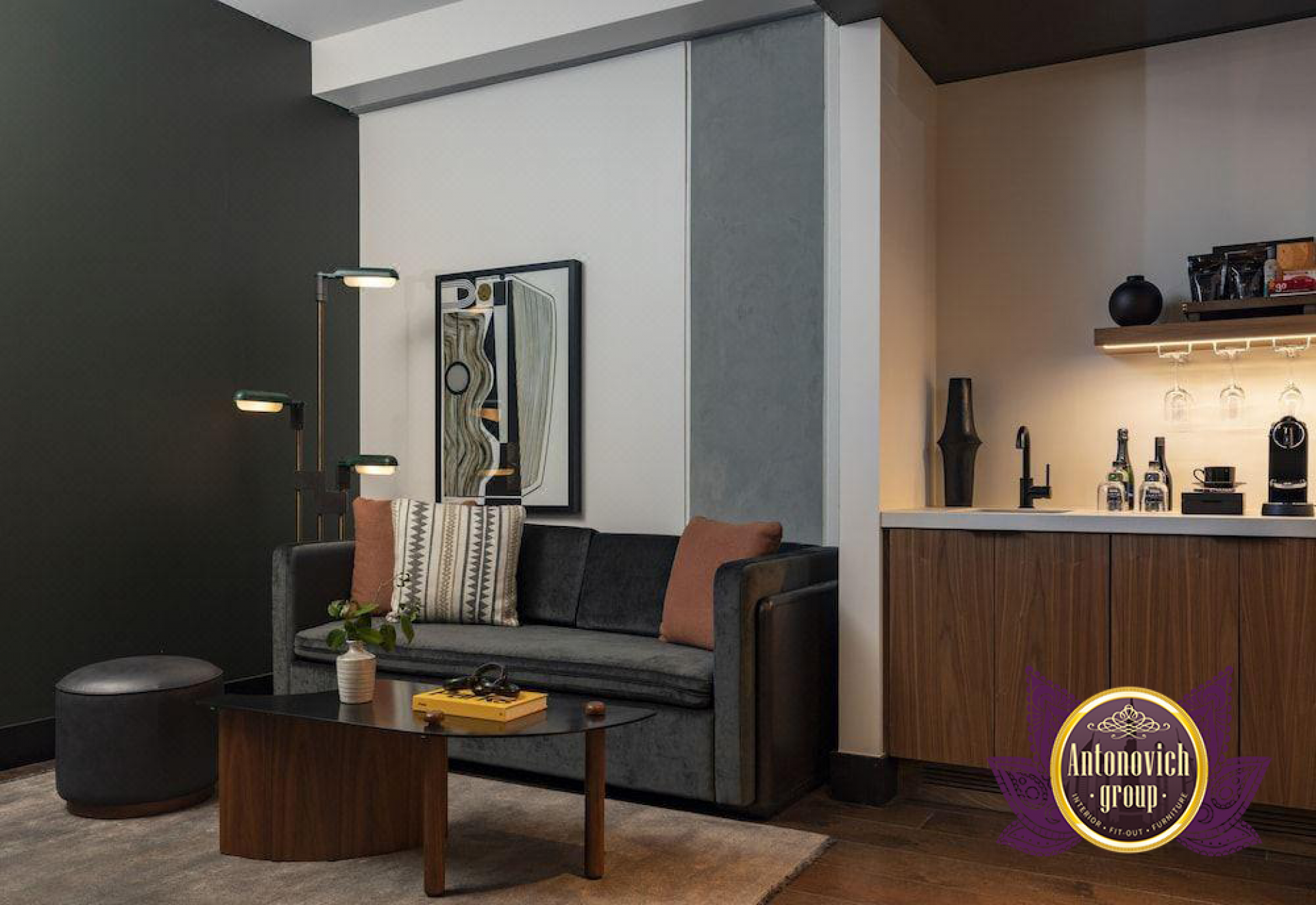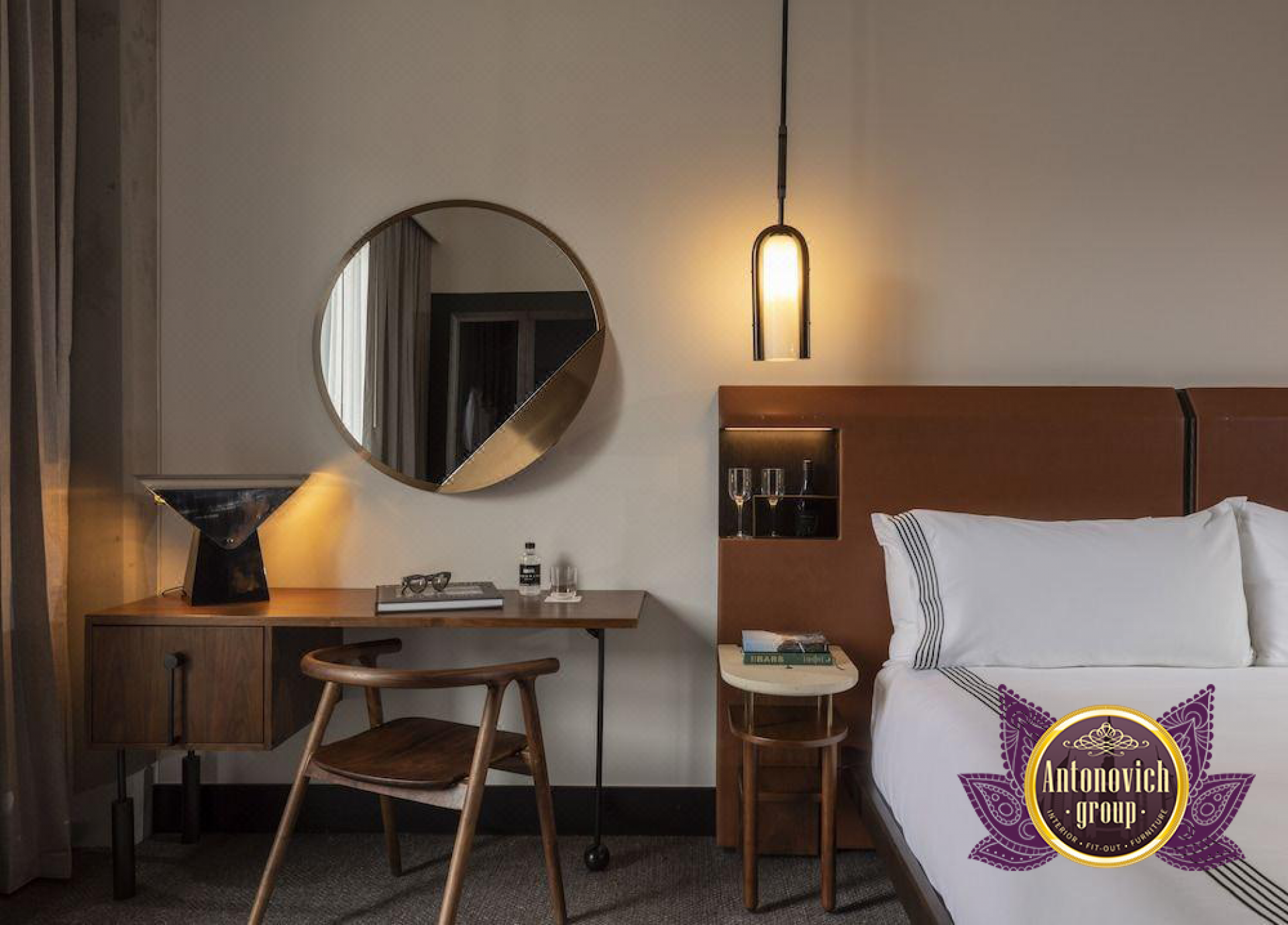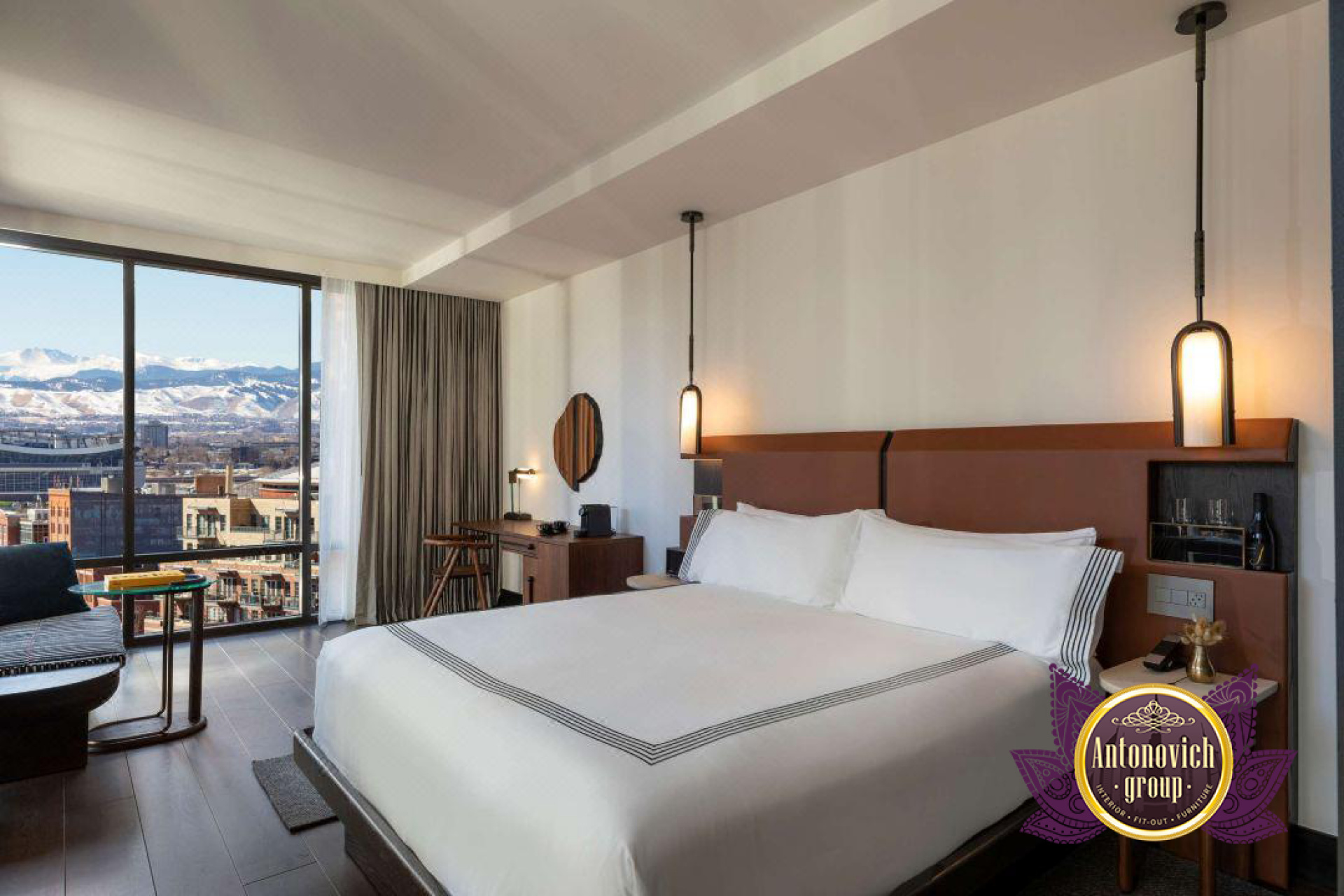WOOD IN HOTEL ROOM INTERIOR DESIGN
Using wood in hotel room interior design can provide a warm, natural, and inviting atmosphere for guests. Wood has been a popular choice for interior design for centuries, and with good reason. It is versatile, durable, and timeless, and can be used in a variety of ways to create a range of design styles, from rustic to modern. One of the benefits of using wood in hotel room interior design is that it can create a sense of connection to nature. This can be especially important in urban or industrial settings, where guests may be craving a break from the concrete jungle. Wood has a natural warmth and texture that can help to soften the hard edges of modern architecture, and can help to create a more relaxing and inviting space.

Another benefit of using wood in hotel room interior design is that it can add a sense of luxury and sophistication. High-end hotels often use rich, dark woods like mahogany or cherry to create an elegant and refined atmosphere. These types of woods can be used for everything from furniture and flooring to wall paneling and trim. When paired with other high-quality materials like leather and marble, wood can help to create a sense of opulence that guests will remember long after they check out. Of course, wood doesn't have to be reserved for high-end hotels. Even budget hotels can benefit from using wood in their interior design. Lighter woods like pine or bamboo can create a more casual and relaxed atmosphere, while still providing the warmth and texture that guests crave. These types of woods can be used for everything from headboards and desks to accent walls and artwork.

When using wood in luxury hotel room interior design, it's important to consider the style and tone of the space. Rustic woods like reclaimed barn wood or distressed oak can create a cozy and welcoming atmosphere, while sleeker woods like teak or walnut can create a more modern and refined look. It's also important to consider the color of the wood, as this can have a big impact on the overall feel of the space. Lighter woods like birch or maple can create a brighter and more open space, while darker woods like mahogany or ebony can create a more intimate and cozy atmosphere. Another important factor to consider when using wood in hotel room interior design is the sustainability of the materials. Many hotels are making a conscious effort to reduce their environmental impact, and using sustainable wood products can be a great way to do this. Look for woods that have been certified by organizations like the Forest Stewardship Council (FSC) or the Sustainable Forestry Initiative (SFI). These certifications ensure that the wood has been responsibly harvested and that the forest ecosystems have been protected.

In addition to the aesthetic benefits of using wood in hotel room interior design, there are also practical benefits to consider. Wood is a durable and long-lasting material, which can help to reduce maintenance costs over time. It is also a good insulator, which can help to keep rooms warm in the winter and cool in the summer. And because it is a natural material, it can help to improve indoor air quality by absorbing and releasing moisture.

When using wood in hotel room interior design, it's important to balance the use of wood with other materials to create a cohesive and balanced look. Too much wood can make a space feel overwhelming or heavy, while too little can make it feel cold and sterile. Pairing wood with materials like metal, glass, or stone can help to create a more dynamic and interesting space. Using wood in hotel room interior design can be a great way to create a warm, natural, and inviting atmosphere for guests. Whether you're aiming for a rustic, modern, or high-end look, wood can be a versatile and durable material that can help to create the desired effect.












